7 cursed jewels that brought misfortune to the owners
In a famous song it is sung: "The best friends of girls are diamonds." At any time, not only ladies, but also men loved to decorate themselves with jewelry, and it didn't matter to them where they came from. But sometimes jewelry brought its owners not only joy, but also misfortune. Some are skeptical of these statements, while others are even afraid to take "cursed" jewelry in their hands.
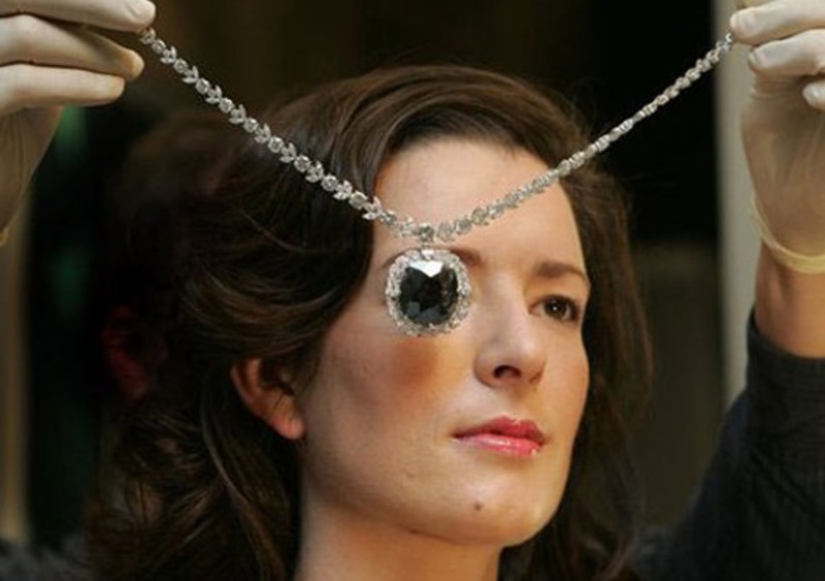
It was called the Hope Diamond, the "Blue Frenchman", the French Blue Diamond and the "Hope" diamond. This is perhaps the most famous unlucky decoration: almost everyone who once wore it either went crazy or died a terrible violent death.
According to legend, the blue diamond began its bloody history after it was stolen from the temple of the Indian deity Sita. The stone was intended for rituals, so no one was allowed to own it alone. A foreigner who committed sacrilege and stole a jewel was torn to pieces by a pack of wild dogs. And this was only the beginning of a bloody path…
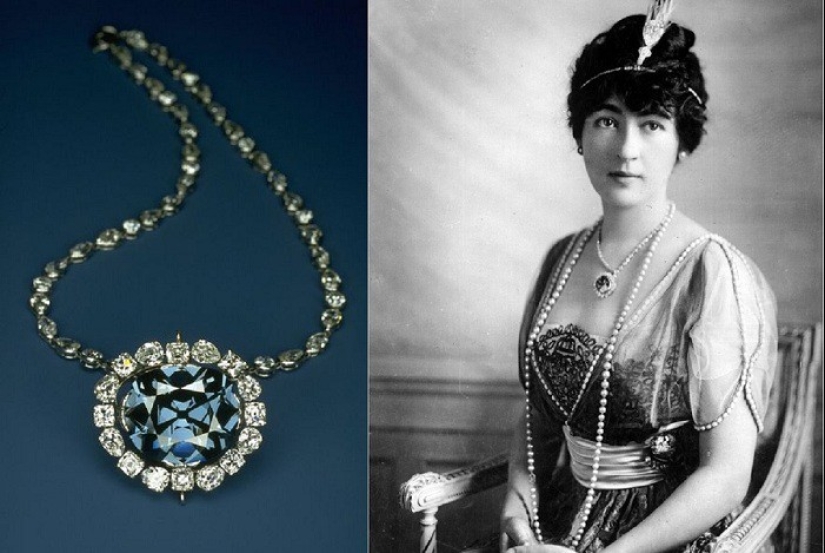
Here are some of the people who once owned the stone: Marie Antoinette and King Louis XVI (they were beheaded), the Princess de Lamballe (she was beaten to death by a mob), Jacques Colet (suicide), Surbaya (she was stabbed to death by a lover who gave her the stone) and Simon Montaride (died in a road accident with his family).
The last owner of the cursed jewel, Evelyn McLean, who bought the diamond from Cartier in 1911, declared that she would rid the stone of the curse. She hosted parties with the "find Hope" element, while she hid the stone somewhere in the house, and the guests had to discover its location. But, unfortunately, the diamond has also harmed its owners here. McLean's son died in an accident, her daughter died of an overdose, and her husband went to another, and then died in a boarding school.
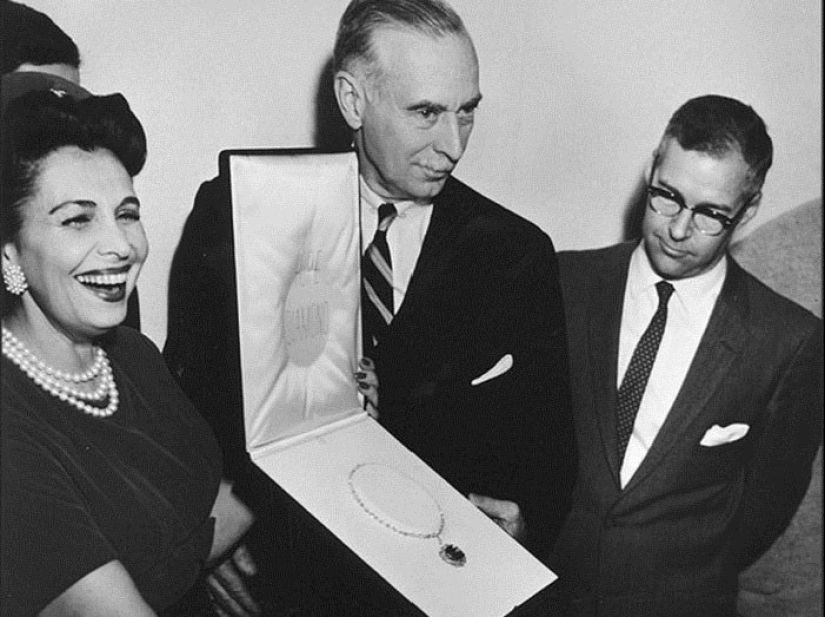
The curse was stopped by the famous jewelry merchant Henry Winston. He bought the "Hope" from the last owners and presented it to the Smithsonian Institution. Now no one owns the diamond alone, so its bloody history is over. Since 1958, the blue diamond, which, according to experts, is worth at least a quarter of a billion dollars, has been an exhibit of the Museum of Natural History. During this time, more than 100 million people have seen it. There were no widespread deaths among them.
The stone, also called the "Eye of Brahma", was allegedly stolen from a statue of the Hindu god Brahma in Pondicherry. This explains the curse, as well as a number of suicides committed by its owners. This beautiful diamond came to the USA in 1932. He was brought by J. Paris, who then jumped off a skyscraper. The next two owners of the stone, the Princesses Nadezhda Orlova and Leonila Galitsyna-Bariatinsky, faced the same fate. Both women committed suicide by jumping off the roofs of buildings.
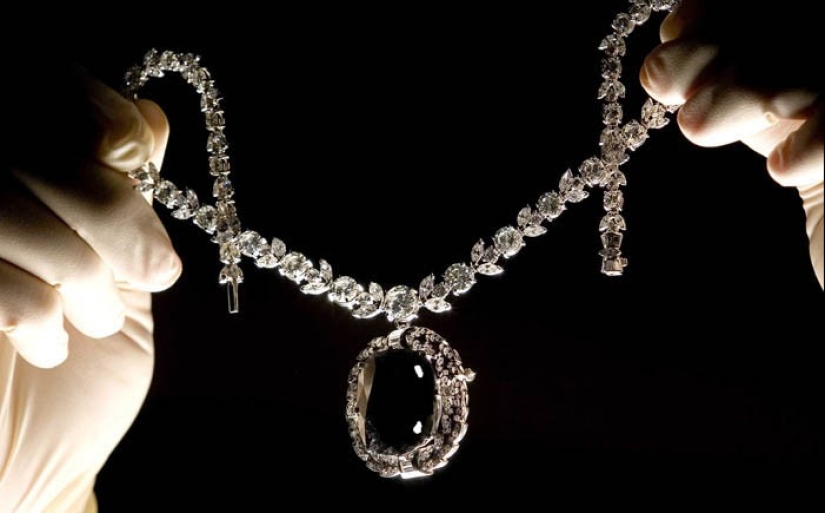
To "break the curse", the stone was divided into three parts. The largest part acquired this well-known name and square cut, while decreasing to 67.5 carats. What happened to the other two parts, history is silent.
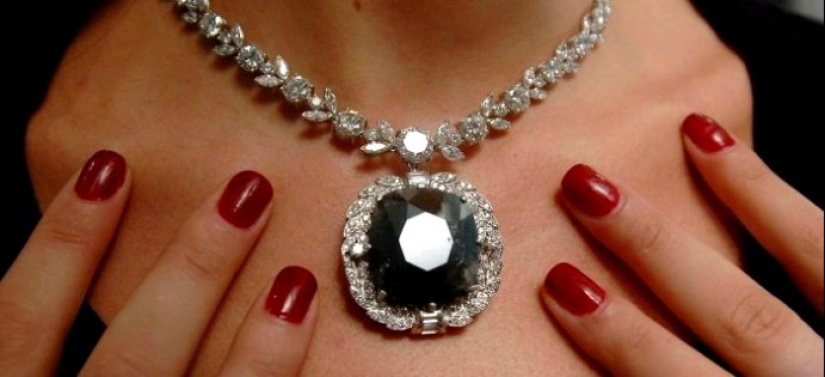
American jeweler Winston, the one who dealt with the curse of "Hope", took up the cutting of the "blood stone", and then inserted the "Black Eagles" into the platinum necklace along with other diamonds. This jewelry has changed hands many times and was last sold at Sotheby's auction in the jeweler's hometown of New York, and in 2006 the necklace was worn in public by Oscar—nominated actress Felicity Huffman (TV series Desperate Housewives).
The stone was shown to the public just 30 years ago by Peter Tandy, curator of the National Historical Museum in London. For a long time, the amethyst was in the vaults of museums protected by protective charms, and there was a warning in the box: "Whoever opens this box, first read this warning, and then do what the stone wants. I would advise throwing the stone into the sea."
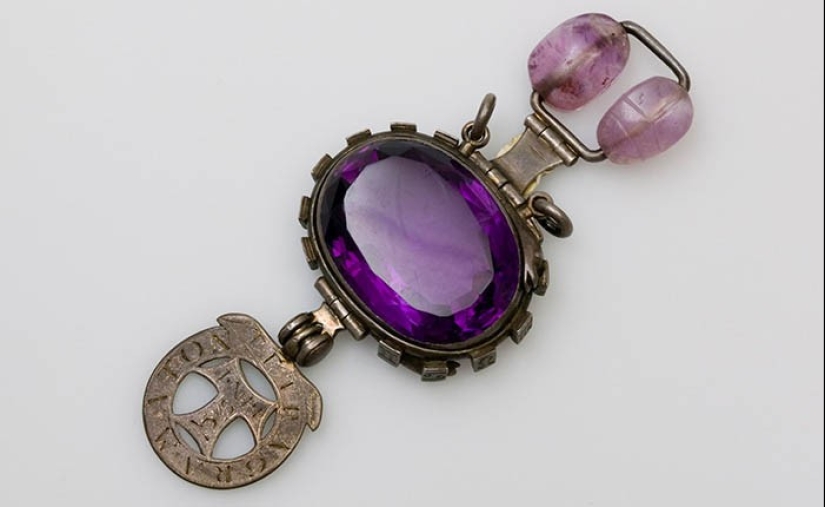
Amethyst, according to legend, was stolen in the temple of Indra (India) in 1857 and brought to England. Over time, the amethyst ended up with Edward Geron-Allen. The writer, being an impressionable person, associated all the misfortunes that happened to him with the jewel. Geron-Allen gave amethyst to his friends, but after a while they returned the gift back.
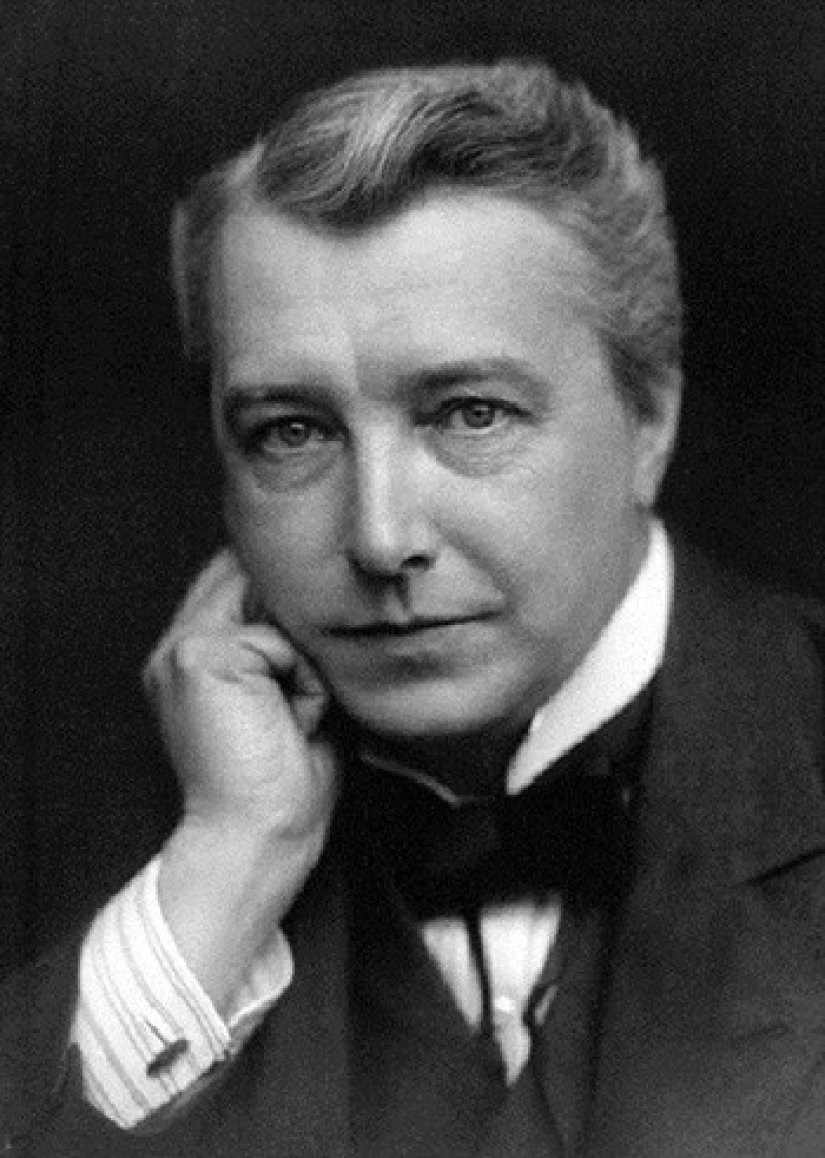
Then the writer threw the ill-fated amethyst into the canal, but three months later, by some miracle, an oyster catcher found the stone, sold it to a reseller, and he took it to the Museum of Natural History, where Edward Geron-Allen worked. Fearing the return of the stone, the writer put it in seven boxes and gave it to the bank for safekeeping, ordering that the package be opened only three years after the owner's death.
Now the pendant with this ill-fated amethyst is in The Museum of Natural History, and so far the stone has not harmed anyone else.
In the family of the princes of Meshchersk, earrings with large diamonds were passed down from generation to generation, and with them a generic legend that read: "If an unfaithful spouse wears this jewelry, then something will definitely happen to her." Usually this legend was not told to outsiders.
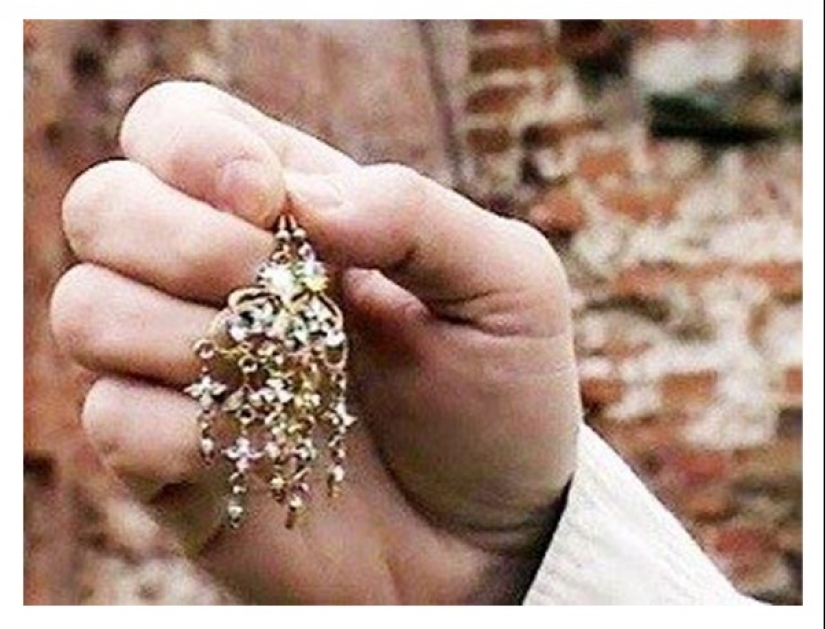
But one of the princes could not restrain himself and told this story to his friend Alexander Sergeyevich Pushkin. The poet believed in mysticism, so he asked a friend to give him these earrings for a while. He was so fiercely jealous of his beloved wife that he decided to experiment. However, the earrings "acted" in their own way. They did not expose Natalia Goncharova-Pushkin, but "took revenge" on her husband. A few days after she put on the earrings, her life partner was wounded in a duel and died from a fatal wound.
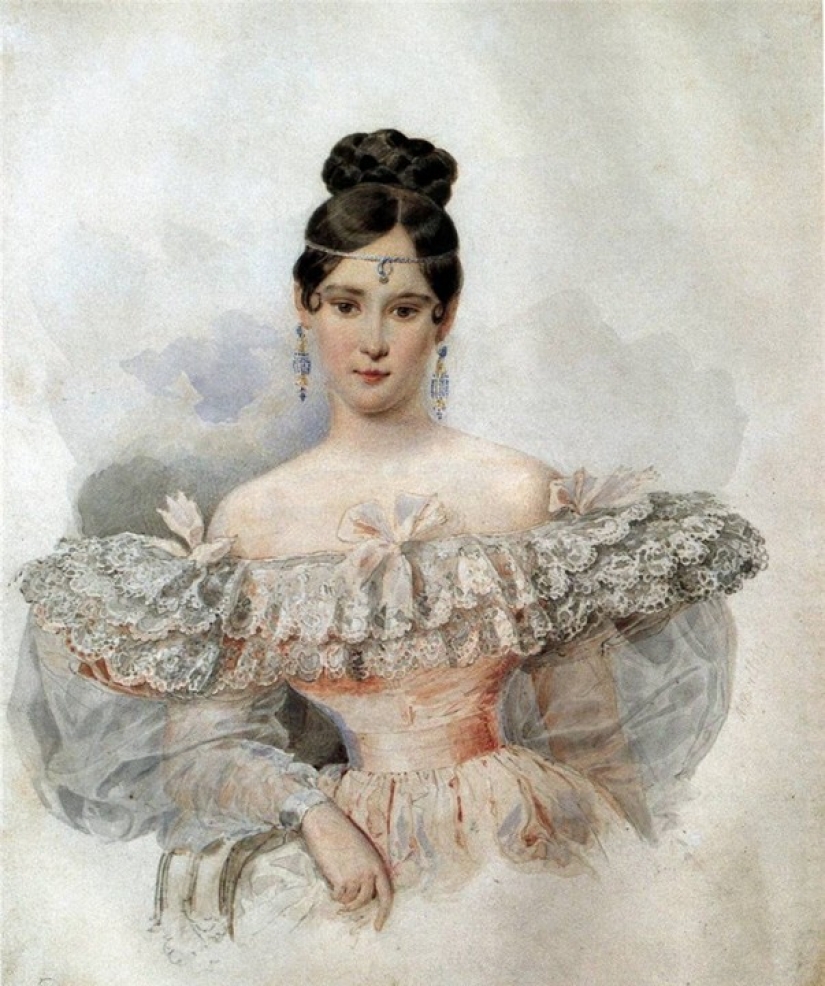
The earrings are back in the family. At the beginning of the twentieth century, Alexander Vasilyevich Meshchersky presented them to his young wife, Ekaterina Prokofievna Podborskaya. The prince's relatives were not enthusiastic about the marriage and even predicted misfortunes to Catherine, since only the descendants of the Shirin princes could wear the antique jewelry. The prediction came true: the husband died; Paolo's lover left without recognizing his illegitimate daughter; society turned away. Then the revolution, persecution, deprivation, and only many years later Catherine decided to sell the jewel.
It is not known for certain about the next owners of the fatal earrings. It is possible that the decoration is still changing hands, killing or ruining its new owners.
As a rule, ancient kings, hiding their jewels, put curses on them. So it happened with the Lydian treasures, which belonged to King Croesus, who ruled in the VI century BC. 150 relics were discovered only in 1965. All seven who took part in the excavations died suddenly.
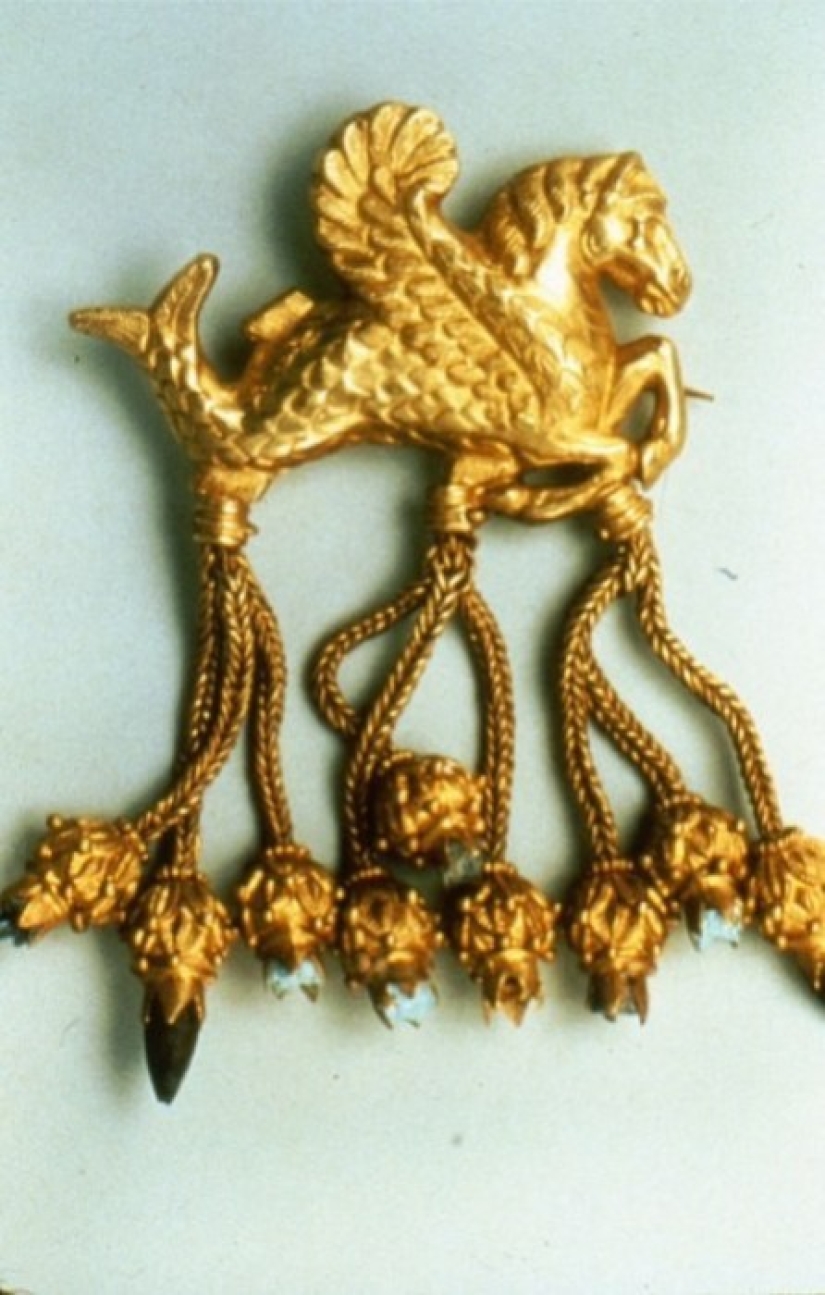
For some reason, all the owners tried to get rid of it soon after the purchase of the jewelry. In 2006, the brooch was in the Turkish museum, from where it was stolen. The kidnappers could not sell it, and seven years later they themselves appeared on the doorstep of the German police department and handed over the relic, saying that it had brought them many failures.
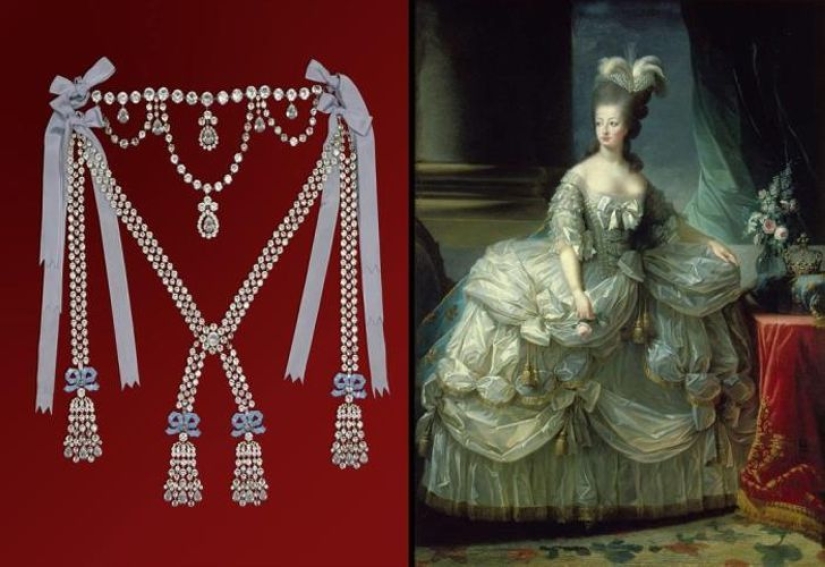
Marie Antoinette was "lucky" for the cursed jewelry. The Hope diamond was not the only jewel that played a fatal role in her fate. There was also a necklace consisting of a huge number of diamonds of pure water.
A certain lady — Jeanne Lamotte-Valois, posing as a confidant of the queen, tricked the then cardinal into buying the necklace allegedly for Marie Antoinette. When no one paid the bills, the jewelers turned to the queen. And they were surprised to find out that she didn't buy anything from them. The trial has begun. As a result, the jewel returned to its creators, the cardinal was expelled from the country, and the fraudster Jeanne was publicly flogged, branded and sent to prison.
But the story of the necklace does not end there. The trial provoked discontent in the country, and since the revolution was already in full swing in France, Marie Antoinette was accused of waste and of buying fabulously expensive jewelry when other citizens were starving. Ordinary people did not care that the queen was simply framed. They believed that since she was involved in this scandal, it means she is guilty. Thus began the Great French Revolution, as a result of which the crowned heads were sent to the block…
This ring most likely became the prototype of the famous Tolkien's Ring of Omnipotence and inspired the author to create The Hobbit.
In 1785, during field work, a farmer from Hampshire county accidentally found an ancient gold ornament. Historians believe that it belonged to a Roman named Senicianus. The inscription "Senicianus, God bless you" is engraved on the ring. It was in a private collection for a very long time, until in 1930 it was transferred to the museum fund.
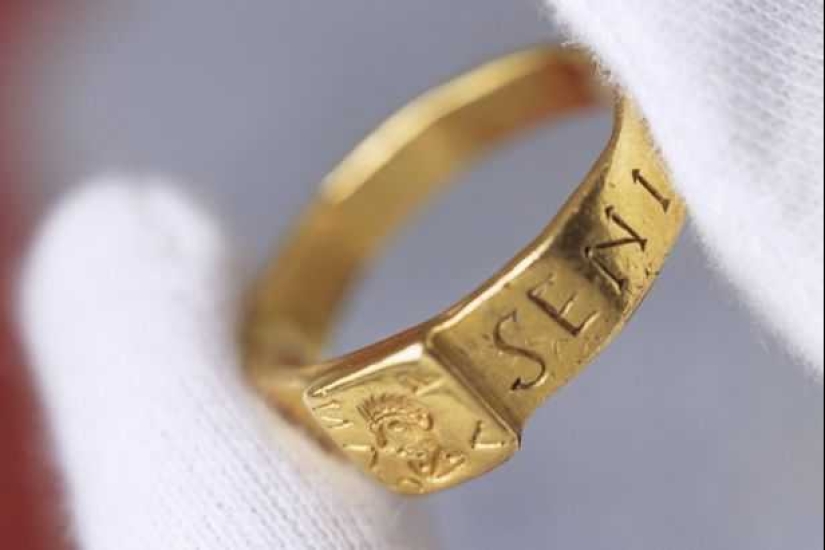
Interestingly, at the beginning of the XIX century, on the site of an ancient Roman temple in Another ring was found in Gloucestershire, also mentioning the name of Senicianus. It was engraved with an appeal to the patron god of the temple Nodens with a request for the return of the ring stolen by Senicianus from a certain Silvianus, as well as a curse addressed to the thief. They wished him big health problems through the ring. The phrase looks something like this: "To God Nodens. Silvianus has lost the ring... to those who bear the name Senicianus, let them not gain a bit of health until the ring returns to the temple of Nodens."
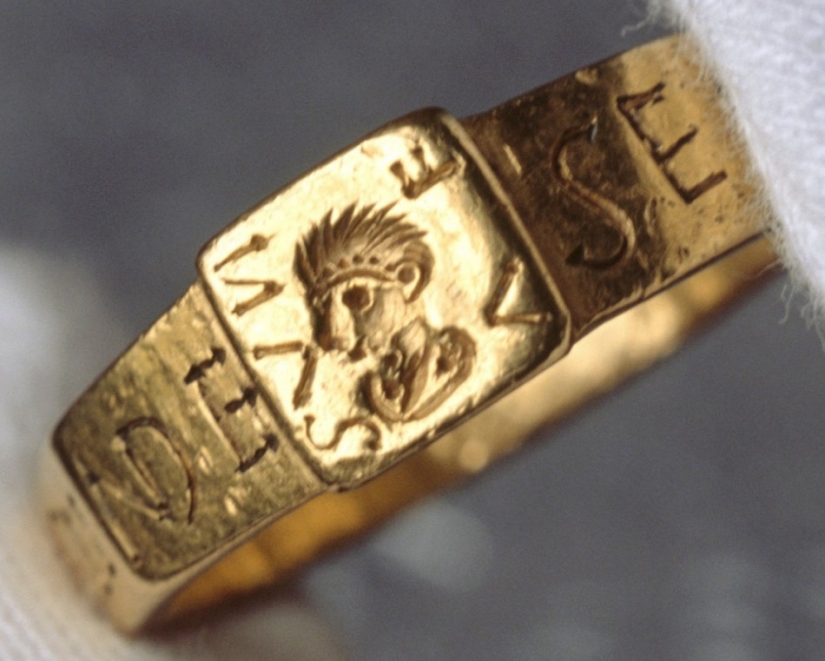
Archaeologists suggest that the ring was created in the IV century and contains the sign of the goddess Venus. John Ronald Reuel Tolkien, who was a professor of Anglo-Saxon at Oxford University, visited the temple of Nodens several times before he began writing The Hobbit in 1929. And it is likely that the ring of Senicianus with a curse became the prototype of the very Ring of Omnipotence that drove its owners crazy. After all, it is known that Tolkien was interested in the history of the appearance and meaning of the inscription on the ring found in the temple.
The ancient artifact is 25 millimeters in diameter and weighs 12 grams. Most likely, it was worn on the hand, put directly on the glove. Visitors to the exhibition, where the amazing decoration is now presented, are invited by the guides to decide for themselves whether it looks like a Ring of Omnipotence. However, it is impossible to determine the strength of its impact, since it is forbidden to pick up a museum exhibit.
Recent articles

While the sun practically disappeared from the sky above the Arctic Circle and the night seemed endless, the Vikings prepared to ...

This is for us, people, the New Year is one of the most important holidays of the year. But for animals, it's all a fuss, running ...

If it seems to you that the New Year holidays are being celebrated somehow incorrectly, then you definitely haven't seen these ...